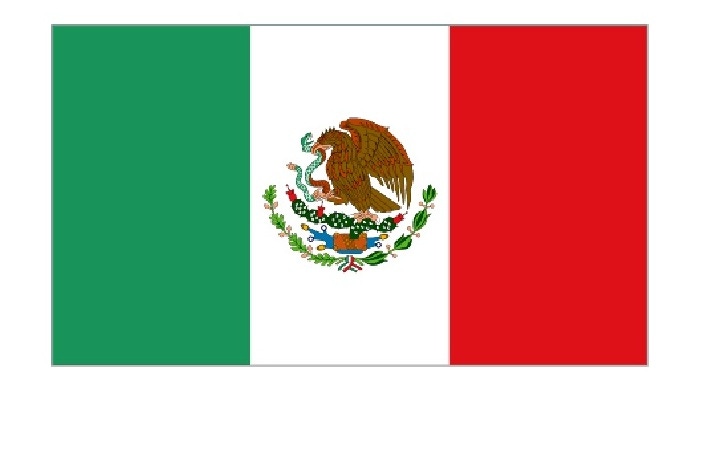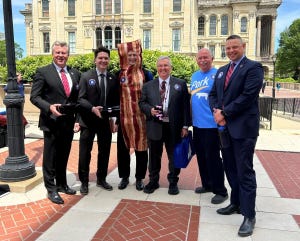Soybean-Funded Mexican Pork Campaign Delivering Results
August 19, 2013

A U.S. industry-funded, multi-year imaging campaign designed to improve Mexican consumers’ perceptions of pork – and raise consumption levels – is generating positive results after its launch two years ago.
Helping Mexican homemakers between the ages of 25 and 45 view pork as a preferred mealtime choice is the goal of the U.S. Meat Export Federation (USMEF) campaign, funded through a broad-based coalition that includes Indiana Soybean Alliance, Indiana Corn Marketing Council, Illinois Soybean Association, United Soybean Board, Pork Checkoff and the USDA Market Access Program (MAP).
“The people of Mexico currently consume about 35 pounds of pork per person each year,” said Chad Russell, USMEF regional director for Mexico, Central America and the Dominican Republic. “When you compare that to other markets, like the United States (about 46 pounds) and China (84 pounds), we see opportunity.”
Russell also noted that while Mexico is about 65% self-sufficient in pork production, the United States supplies the lion’s share of imports – about 90% – and is well-positioned to gain from a growth in Mexican pork consumption, since the Mexican pork industry does not have the capacity to fully satisfy increased demand.
“The beauty of this campaign is that it benefits all participants,” Russell said. “Historically, many Mexican consumers have not viewed pork as their first protein choice. We are fostering the image of pork as a delicious center-of-the-plate option for daily meals served in the home.”
The feedback USMEF is receiving from consumers and importers alike indicates that the campaign is working. USMEF commissioned a baseline consumer survey just before the multi-year campaign started in August 2011. Some key results of the first year anniversary survey indicated a 30% increase in pork purchased, a 4% increase in the number of homes in which pork is consumed, a near doubling of consumers’ positive perceptions that pork is healthy (65% vs. 34 %), and an increase to 73% from 59% of consumers intending to purchase pork in the next 15 days. Findings from the second annual survey are expected no later than Aug. 30.
In addition, feedback is very positive from Mexican retailers participating in the campaign. Soriana, the second-largest supermarket operator in Mexico with more than 600 stores, reported that its pork sales jumped 58% in the first year of its participation in the campaign.
Similarly, the Mexican meat processors association Comecarne has voiced its approval for the campaign.
“We think it is crucial to provide the public with sound information about pork, and the campaign’s approach, focused on flavor and versatility, is a very positive one,” said Guillermo Maynez, executive president of Comecarne. “Pork means excellent protein at accessible prices.”
In this rapidly growing nation of 112 million people, Russell sees a welcoming audience for the pork campaign’s message of the flavor, fun and family enjoyment associated with meals centered around pork.
“Last year (2012) was a record year for U.S. pork sales to Mexico, totaling 600,949 metric tons (1.3 billion pounds) valued at more than $1.1 billion,” Russell said. “This year started off somewhat slowly as an overabundance of domestic pork flooded the market and lowered prices, but we’re seeing a strong rebound now.”
Through the first half of 2013, U.S. pork exports to Mexico are down 1% in volume and value compared to last year, but June totals were up 20% in volume and 21% in value over June 2012. Mexico remains the No. 1 volume market for U.S. pork exports; No. 2 in value behind Japan.
The USMEF pork campaign includes both national and regional radio and television ads as well as mass transit ads. In addition, in-store point-of-sale materials and recipes have been deployed in approximately 500 supermarkets. While portions of the campaign are national, the supermarket elements are focused on the large metropolitan areas of Mexico City, Monterrey and Guadalajara.
“Pork is a key component in holiday menus, so we are planning a surge of activity around November and December,” Russell said.
You May Also Like


